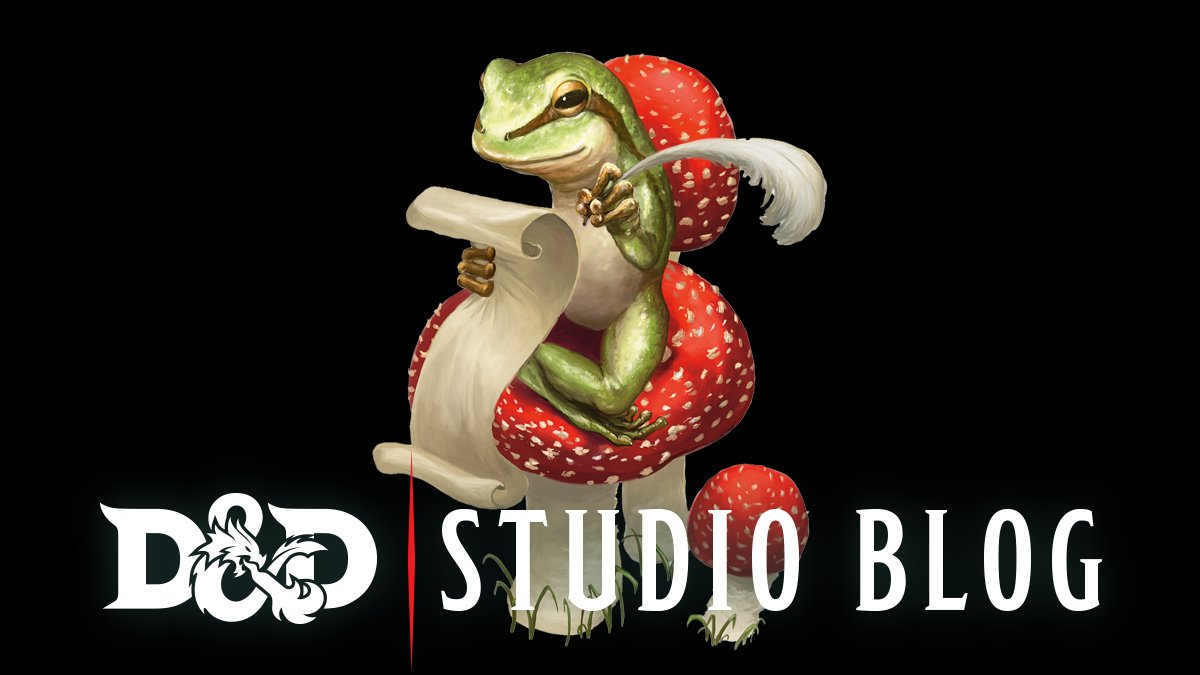There's a new D&D Studio Blog - Jeremy's posted about "Creature Evolutions": Creature Evolutions | Dungeons & Dragons
Some quick takeaways:
There's also some Sage Advice on "rabbit hops" for harengon PCs.

Some quick takeaways:
- Some creatures that were formerly humanoids will, going forward, be monstrosities, fey, or something else. ("Humanoid" is reserved for creatures with similar "moral and cultural range" to humans.)
- Alignment got put in a "time out".
- They've started using class tags so that DMs know that a particular NPC can attune to magic items limited to a particular class.
- Bonus actions get their own section in the stat block now.
- They've merged the Innate Spellcasting and Spellcasting traits and have gotten rid of spell slots.
There's also some Sage Advice on "rabbit hops" for harengon PCs.




